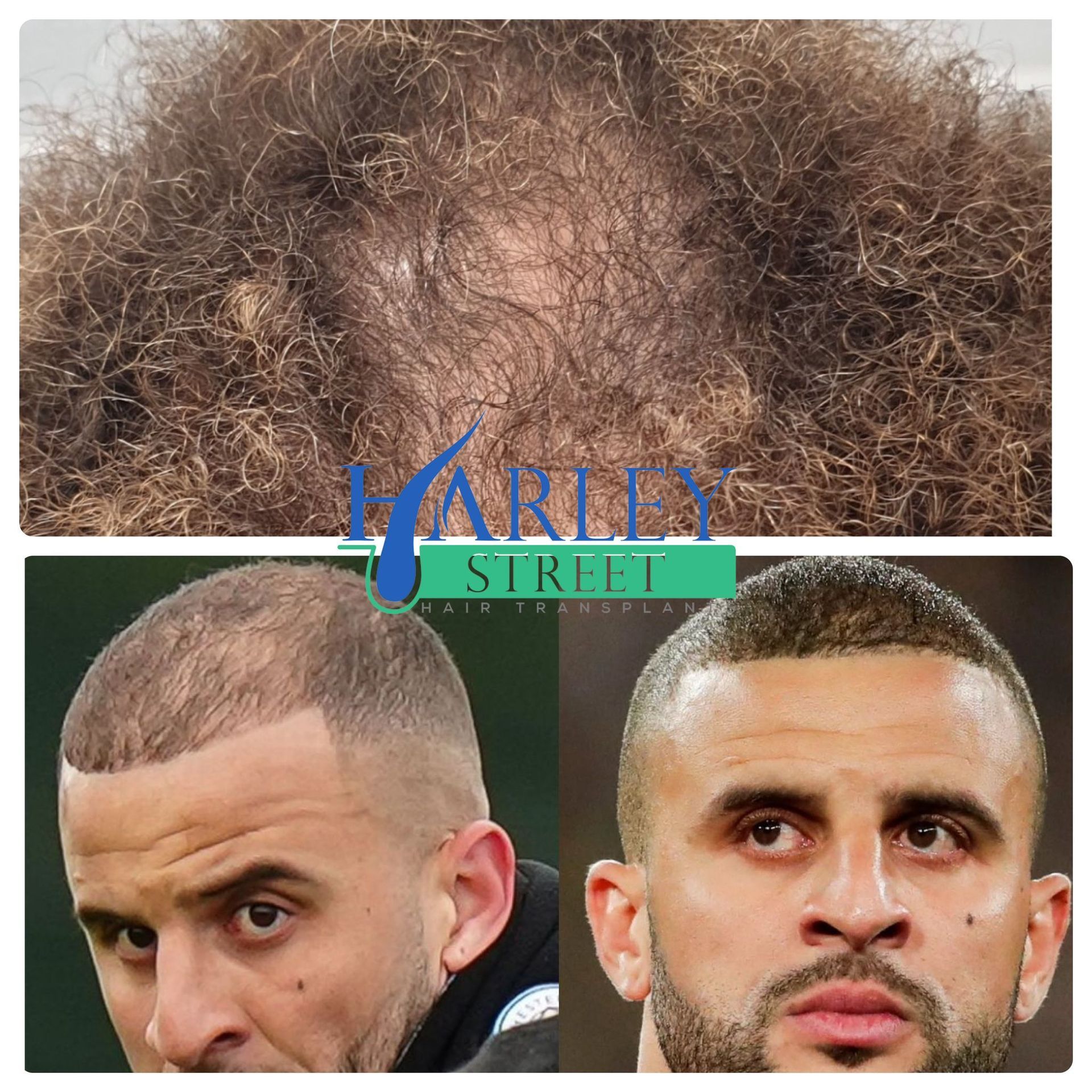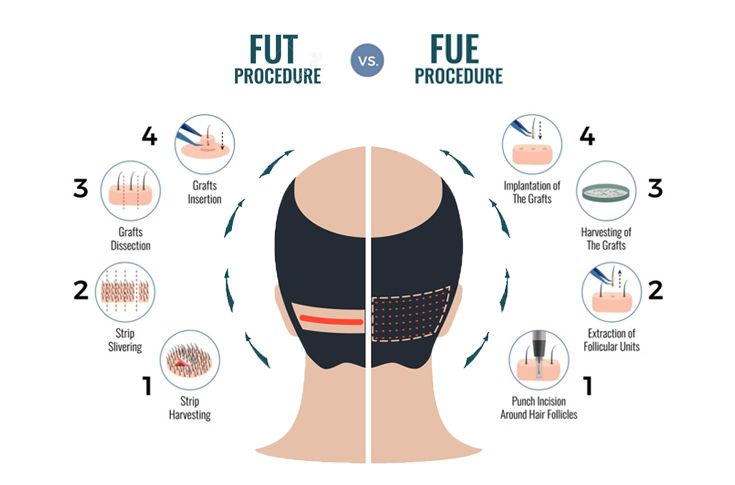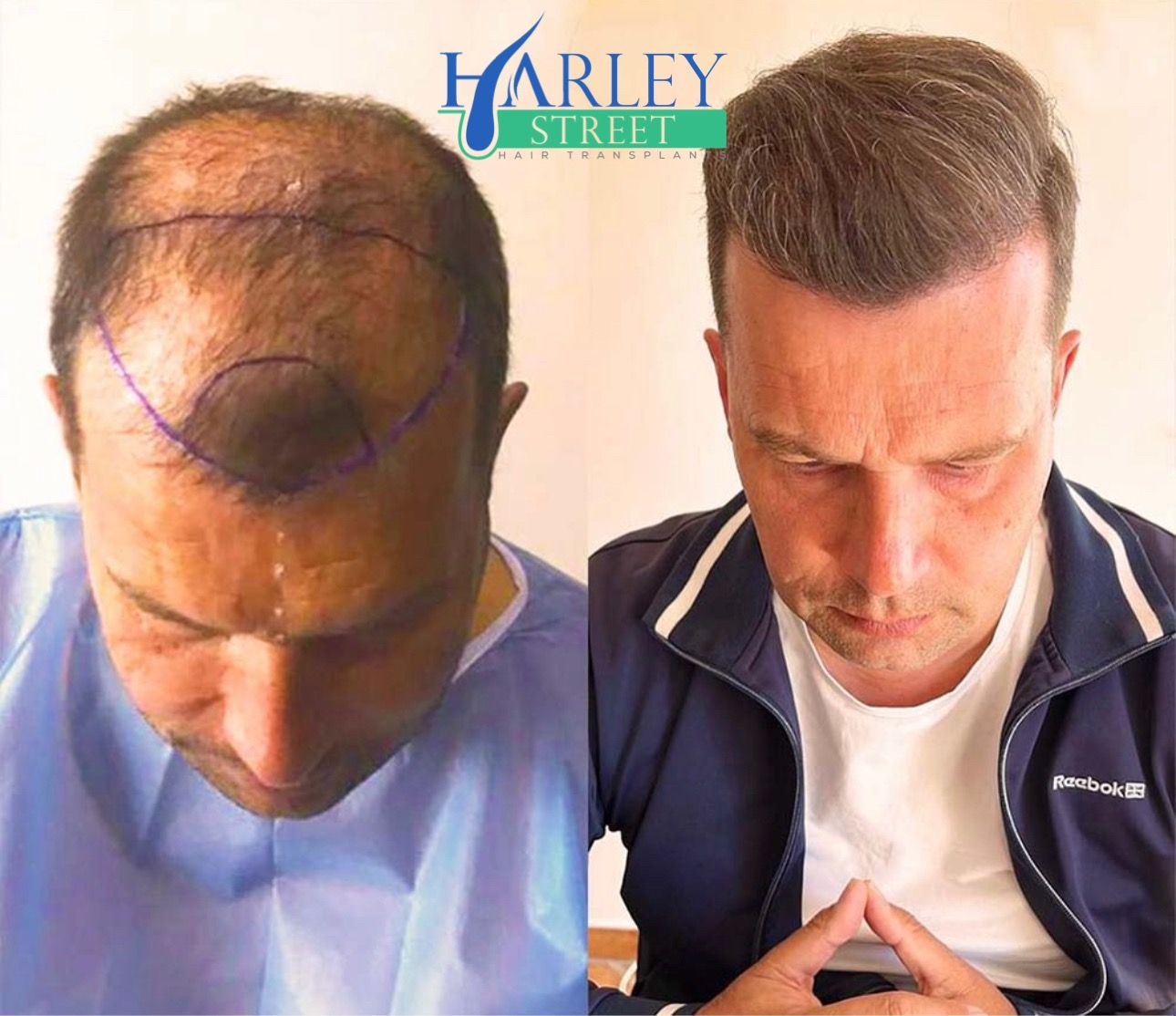FUT Hair Transplant
HOME > FUT Hair Transplant
FUT HAIR TRANSPLANT
STANDS FOR: FOLLICULAR UNIT TRANSPLANT OLD METHOD ALSO KNOWN AS “STRIP” TRANSPLANT WE VERY RARELY USE IT AS WE RECOMMEND THE FUE METHOD
OUR CERTIFICATIONS:
REQUEST A QUOTE

Follicular unit transplantation, also known as FUT or strip hair transplant, is a hair restoration surgery in which the surgeon inserts individual follicular units into balding or thinning areas of the scalp in their natural grouping. Due in large part to its success in assisting in the maintenance of the hair follicles during the harvesting process, FUT was formerly thought of as the gold standard in hair restoration. However, the technique of follicular unit transplantation is still used. Still, with advancements in hair transplantation, many patients now opt for Follicular Unit Extraction/Excision (FUE), which does not leave a visible scar. Harley Street Hair offers the most affordable FUT hair transplant across the UK.
When compared to earlier hair restoration techniques, FUT enables a hair transplant surgeon to experience higher precision and ease in directing the direction of a patient’s hair. In addition, permanent results that cannot be distinguished from an average head of hair that has not had a hair restoration operation are produced by the art of arranging the transplanted hair in a way that allows for the most natural distribution. Our FUT hair transplant expert guides each patient thoroughly before they opt for this procedure. Pricing, aftercare, expected results, and other things are discussed beforehand.
FUT gained popularity partly because it improved over earlier hair restoration techniques like micrografts, mini grafts, and hair plugs. However, when viewed up close by others, transplanted hair did not appear natural since these older techniques did not permit any hair separation in their natural units.
WHAT IS A FUT HAIR TRANSPLANT?
Follicular Unit Transplantation (FUT) is an invasive surgical procedure used to treat the most extreme cases of hair loss. This treatment looks to take long strips of donor’s hairs, separate these into smaller follicular units, and implant them into the affected area.
Follicular Unit Transplantation is one of the long-standing bastions of hair transplant surgery. Often called the “strip harvesting method,” this treatment is well suited to treating conditions such as male pattern baldness and androgenetic alopecia.
This surgical procedure extracts a long strip of hair follicles by making a small incision into your donor site on the back of your scalp. After taking this strip, your donor’s hairs are then put under a microscope and intricately separated into smaller groups of individual follicular units (or “hair grafts”). Then, these small follicular units are implanted into your affected area.
If you are worried about experiencing pain during the surgery, let us put you at ease. Not only are all of our treatments carried out by GMC-registered doctors, but they are performed in CQC-registered clinics. During your surgery, you will be given a local anaesthetic. You won’t feel a thing!
WHY SHOULD I GET A FUT HAIR TRANSPLANT?
Hair loss is a problem that can affect men and women of all ages. Did you know that at least half of all men in the UK will experience signs of male pattern baldness by the age of 50? What is even more staggering is that this can even manifest in men as early as their 20s or 30s.
The most tell-tale sign of male pattern baldness can be found in a receding hairline and thinning on the top of their head. Often, pattern baldness is hereditary, but it can sometimes be due to an overproduction of testosterone
Follicular Unit Transplantation (FUT surgery) can help directly combat the most extreme forms of hair loss and help you feel more self-confident!
HOW MUCH DOES FUT SURGERY COST?
At our clinic, the average cost for FUT surgery is over £4,ooo. The cost of each transplanted follicle is between £2 and £5. Although this may be cheaper than newer treatments such as FUE and DHI, it is also important to consider the baggage that may come with this surgery.
To put these numbers into context, our FUE treatments usually cost between £3,500 and £6,000, depending upon the severity of baldness. Similarly, the price of the DHI technique is also around £6,000.
Whilst, at first, looking like the cheaper option, FUT is more invasive; the procedure leaves larger scars than alternative treatments and requires a longer amount of time to heal. As such, we would usually recommend the more expensive FUE treatment.
WHAT IS MY EXPECTED RECOVERY TIME?
You should be able to return to work almost immediately after your surgery. As you are only given a local anaesthetic during the medical procedure, you shouldn’t be feeling dazed or docile. Many of our patients visit us during their lunch breaks or after work. We can certainly cater to your schedules.
The expected recovery time for follicular unit transplantation is between 2 and 4 weeks. Primarily, this is due to the time needed for the linear scar (from your donor site) to heal. If you are concerned about the scar present after the surgery, we recommend you keep your hair on the back and sides at grade 4 or longer. This should help to conceal it!
Your new hair should also begin to grow between 3 and 4 months after your surgery. Within a year, they should have fully thickened out. As with any hair transplant treatment, it is definitely worth the wait
ARE THERE ANY ALTERNATIVE HAIR TRANSPLANT TREATMENTS?
FUT is one of the cheapest treatments we offer; we would certainly recommend you consider one of our alternative hair transplant treatments. Alongside FUT, we also offer Follicular Unit Extraction (FUE) and Direct Hair Implantation (DHI):
- FUE – With this treatment, your hair follicles are intricately extracted using a 1mm punch and implanted into your receiving area. This process is the direct descendant of FUT and prides itself on its smaller scars and quicker recovery time compared to its older counterpart.
- DHI – With this new technique, a surgeon will extract hair follicles one by one from the donor area and then implant them directly or with a slight delay in the receiving area. Survival and growth rates of your hair follicles are increased as time spent separating your dermis (top layer of skin) is significantly reduced.
It is definitely important to compare each hair treatment method against one another to decide which may be the best for you. To help you along your journey, you will also be offered a free consultation session with one of our GMC registered doctors.
WHAT ARE THE DIFFERENCES BETWEEN FUE AND FUT HAIR TRANSPLANTS?
Here, we have outlined some of the key differences between FUE and FUT to help you decide which hair transplantation method may be right for you!
SUITABILITY OF TREATMENT
Whilst FUT has now become a treatment that is primarily used in the most extreme cases of balding, the same cannot be said for FUE. Follicular Unit Extraction is not only the industry standard for most hair transplants but this treatment can even be extended out to beard and eyebrow transplants.

SUITABILITY OF TREATMENT
The most important difference between FUT and FUE is the way in which donor hair follicles are extracted from your donor site. Given that FUE makes smaller and more precise incisions than FUT, it can be used effectively in a number of transplant scenarios.
Not only this, but FUE is a quicker procedure than FUT. Again, due to the precise excision of individual hair grafts, there is no need to cut strips or stitch up scars at the end of the procedure.
RECOVERY TIME:
FUE and FUT treatments also differ in terms of recovery time. FUE has a much shorter recovery time than FUT. Whilst FUE makes no large incisions (never larger than 1mm in diameter) upon the patient’s scalp, the FUT procedure requires stitches, resulting in a long linear scar on the back of the scalp. As such, many patients prefer FUE over FUT.
With patients only needing to cover smaller scabs, as opposed to larger scars, for a shorter amount of time, it is easy to see why FUE is much preferred. Everyone wants to be back looking their best as quickly as possible!
WHAT CONCLUSIONS CAN WE DRAW FROM THESE COMPARISONS?
As the comparison above suggests, whilst FUT surgery has previously been a useful tool in treating hair loss and male pattern baldness, with new technological innovations in the industry, this procedure is somewhat outdated. Our doctors recommend that FUT only be used in the most extreme cases of hair loss. Other treatments, despite being slightly more expensive, offer reduced scarring, reduced recovery time, and a greater yield of new hair growth.
To have a look at our alternative hair transplant treatment, the FUE hair transplant.
PATIENT GALLERY - HAIR TRANSPLANT RESULTS
Patient Testimonials
What They Are Saying
Aside from achieving fantastic results, we believe that keeping in touch with our patients before, during and after their hair transplantation procedure is paramount – it helps to keep our patients feeling calm and in control. We’re always on hand to provide guidance, support and aftercare advice. Time and again, our patients tell us that this is what sets us apart from other clinics.









